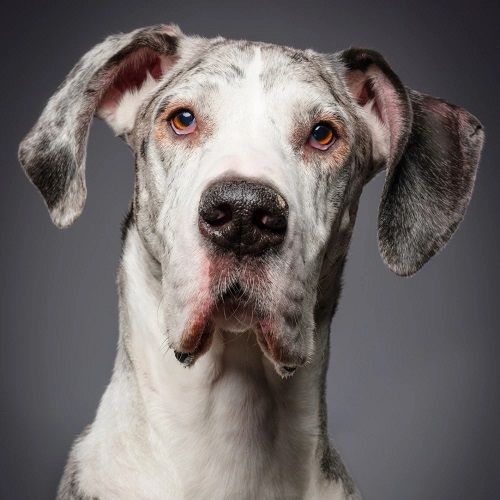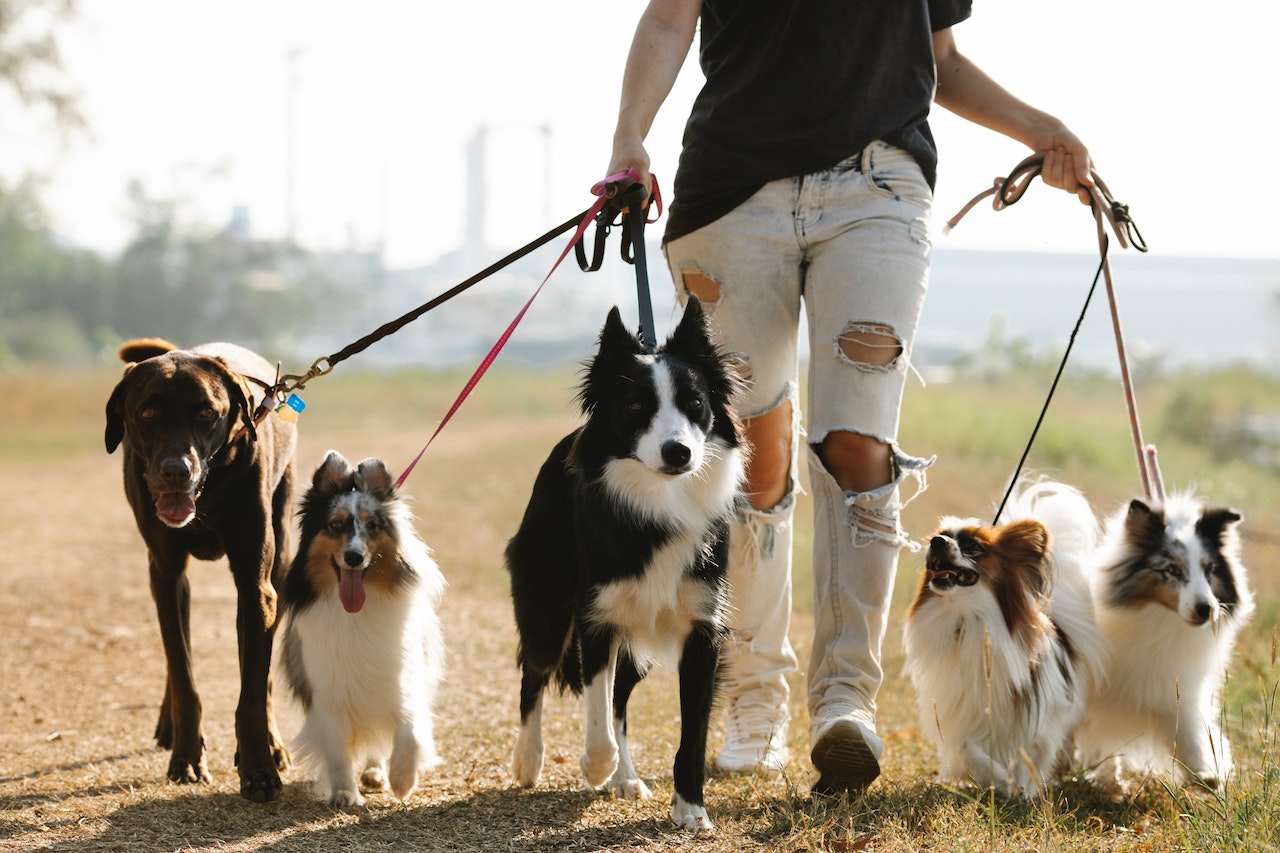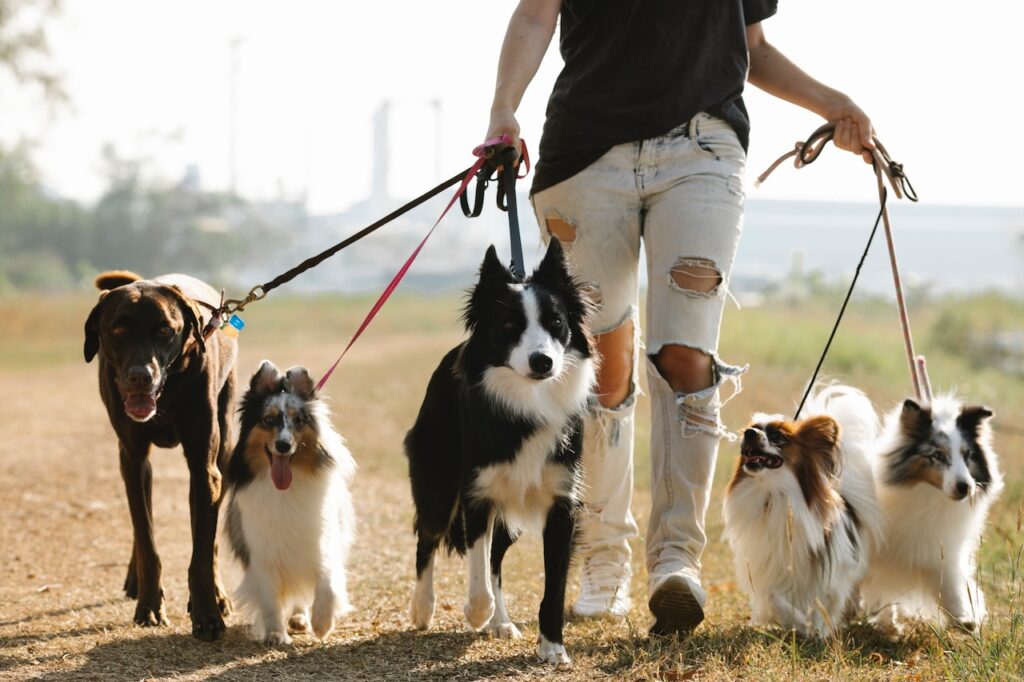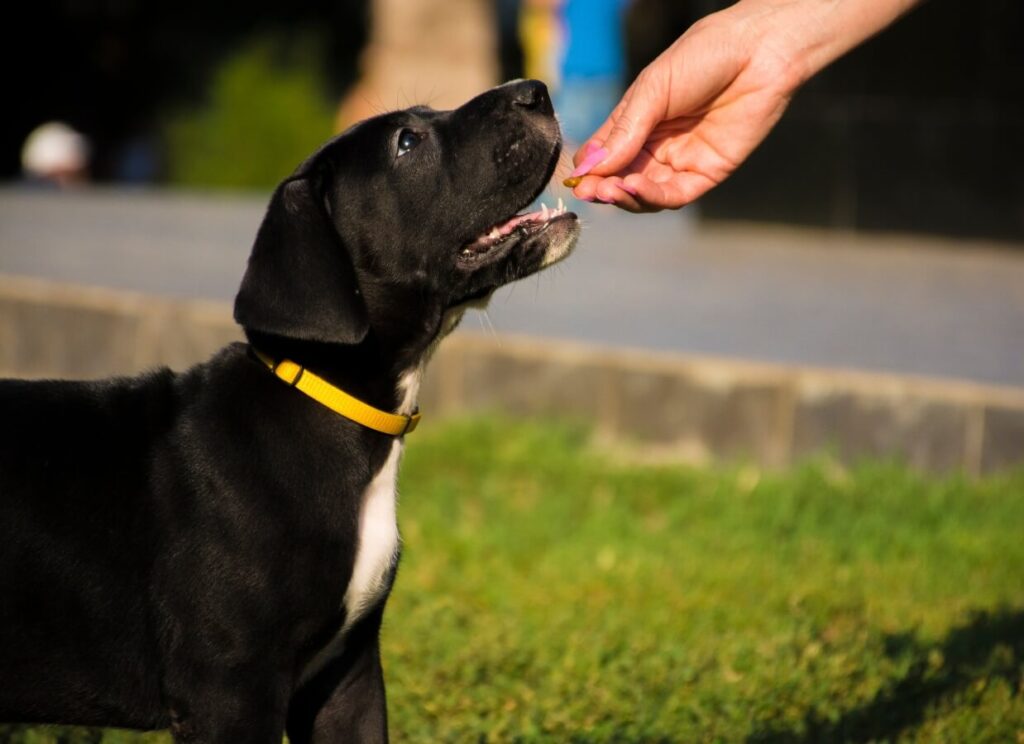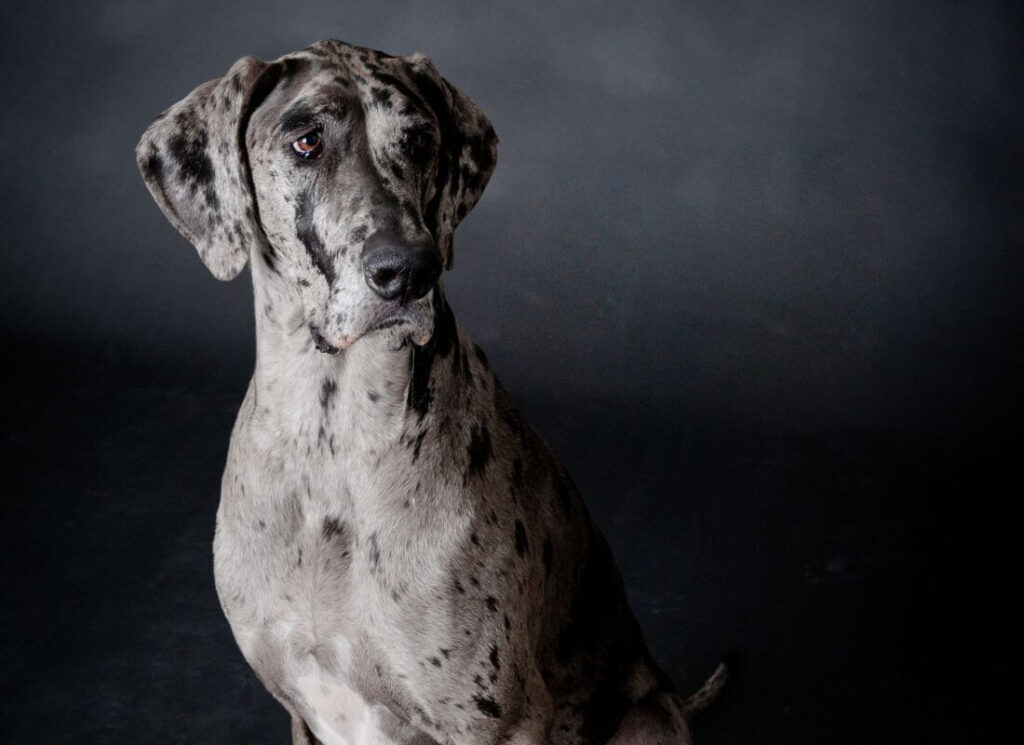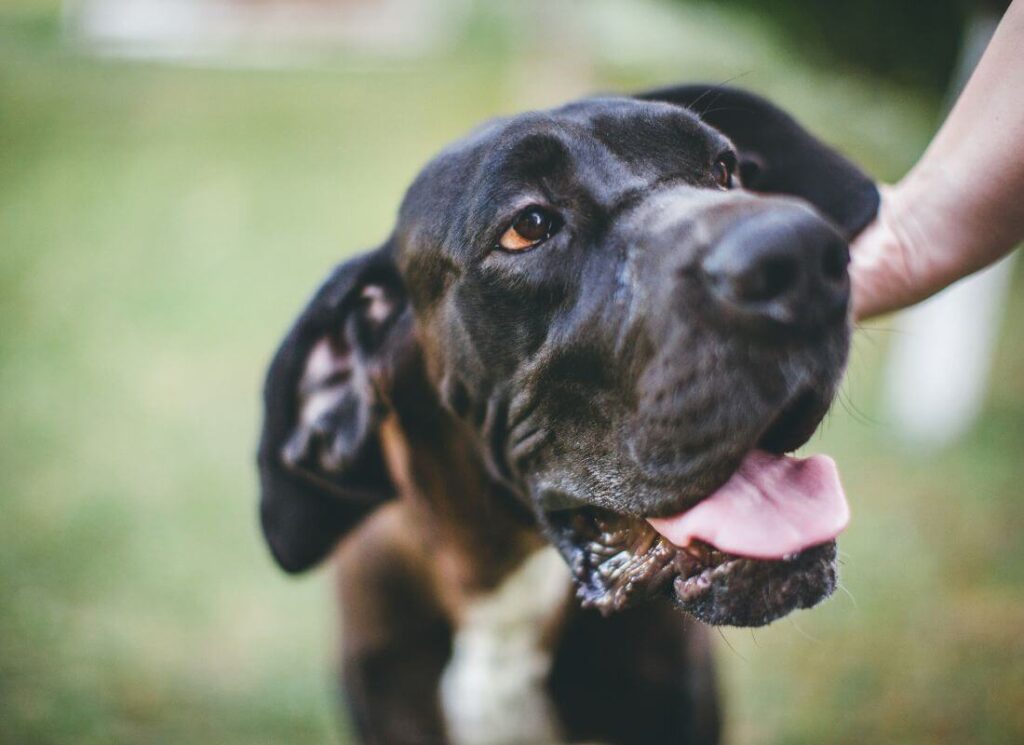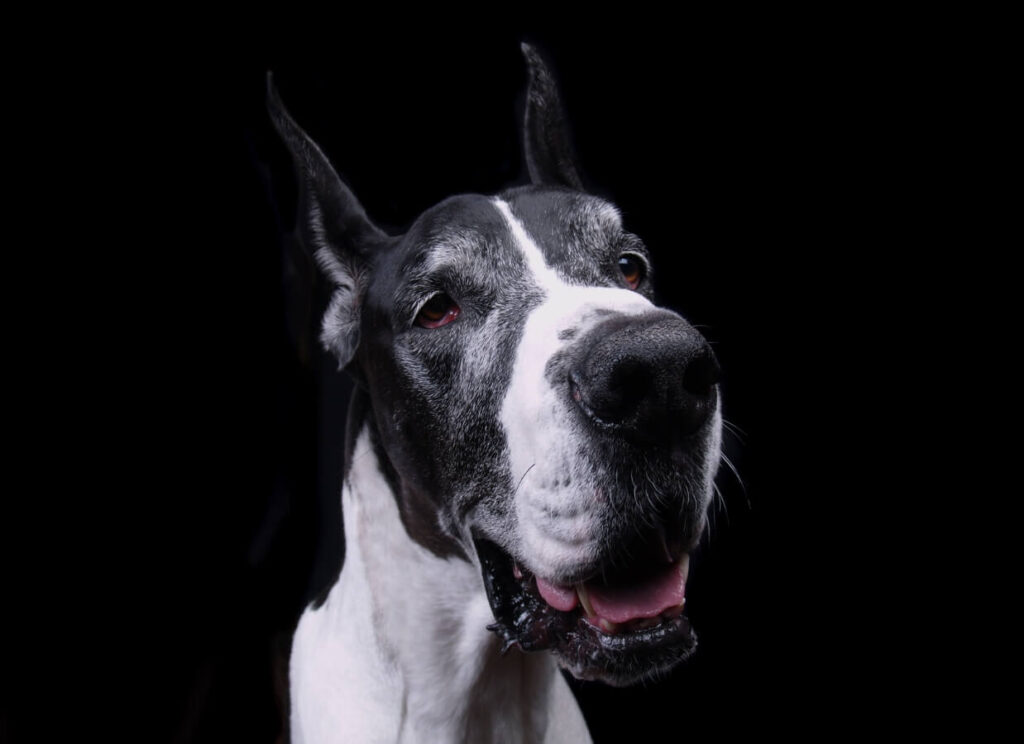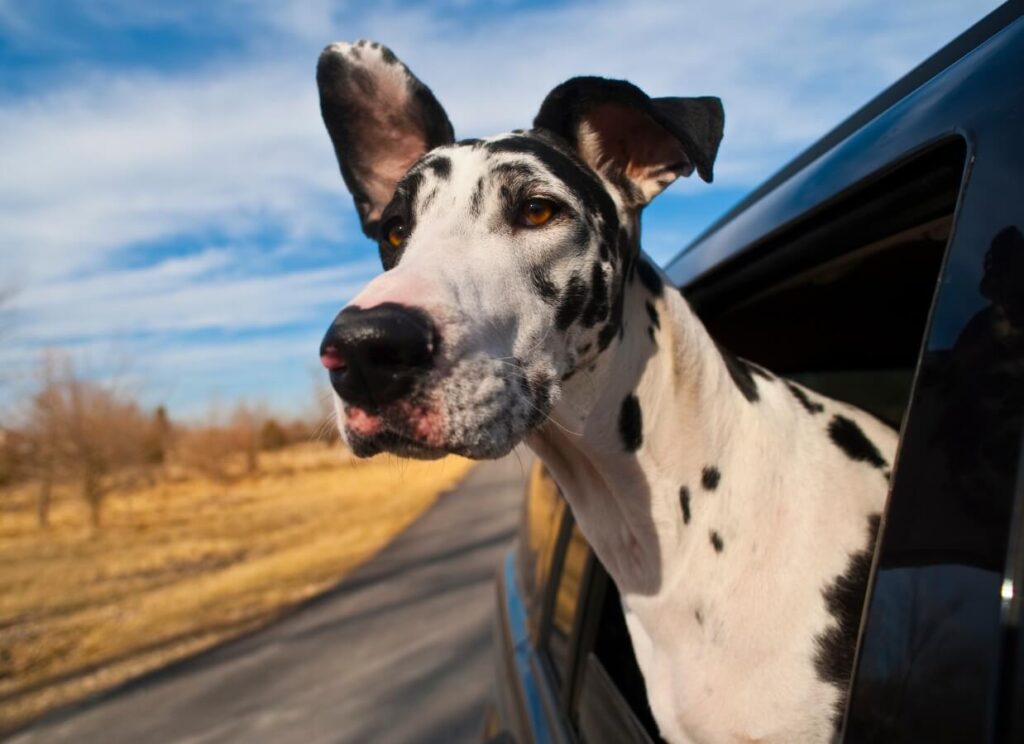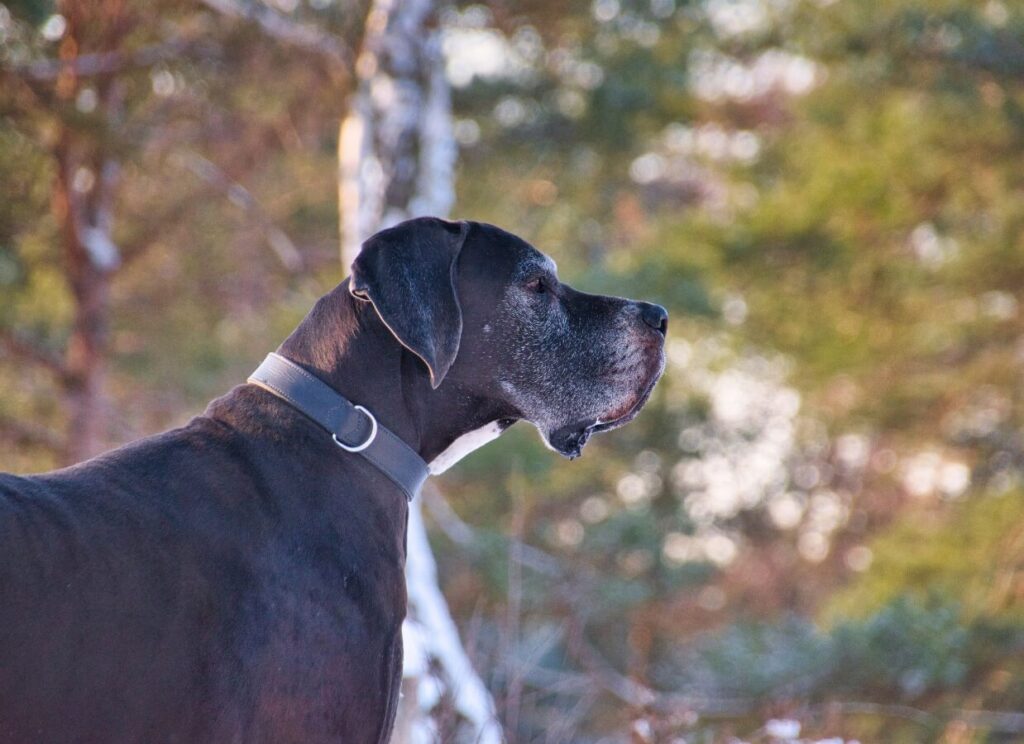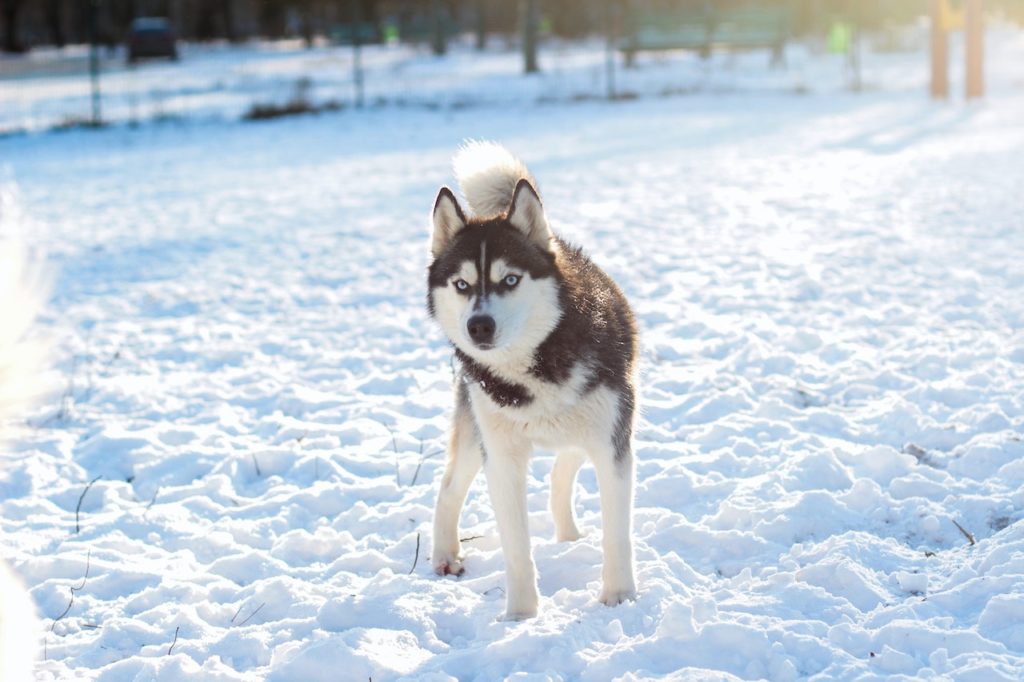As someone who advocates for veterinary science and nutrition based on thorough research, I found myself drawn to the documentary “Pet Fooled,” which sets its sights on problems with the pet food industry and aims to promote the benefits of raw feeding.
Given the recent resurgence of interest in the documentary, particularly due to the (now thoroughly debunked) “Purina Panic,”1 I decided to approach it with an open mind.
What I found may be of interest to you, especially if feeding your pet a healthy diet is important to you.
This is a multi-part series, if you haven’t read part ONE yet, go here!
In part two below, I’m digging into the pet industry as it relates to marketing, FDA regulations, AAFCO, manufacturing practices, and by-products. As always, I’m citing my sources and striving to bring you ethical, honest, and truthful information.
Note: This is a multi-part series! Additional articles in this series will be posted below.
Part One: “Biologically appropriate” feeding, bacteria & pathogens in raw food, and the influence of “big kibble” on veterinary schools (See Part One HERE)
Part Two: Pet food marketing, ingredients in pet food (including corn and by-products), manufacturing, AAFCO, and FDA regulations (See Part Two HERE)
Part Three: Pet food recalls, veterinary diets, and holistic pet food elitism (See Part Three HERE)
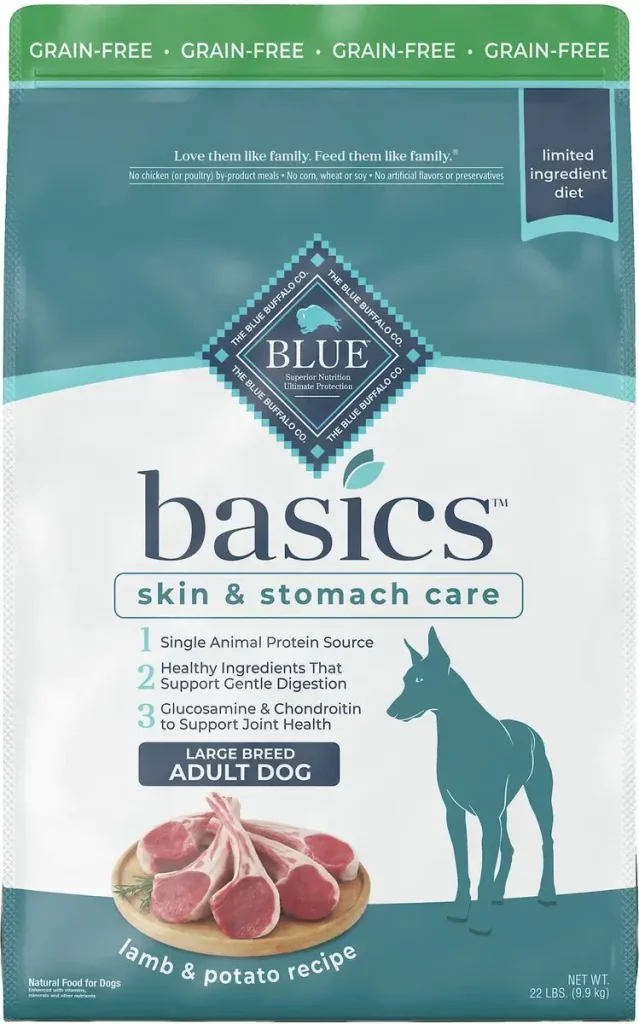
Pet Fooled Documentary and Pet Food Marketing
20 minutes into the film I found something I agreed with the producers on. If Pet Fooled had exclusively covered this topic and left the raw vs. kibble debate out of the equation, they would have had my vote.
Pet food marketing often utilizes visually appealing packaging and persuasive messaging to attract consumers and convey the idea that their product is the best choice for pets.
The colorful imagery of fresh meats, vibrant vegetables, and wholesome ingredients creates an impression of healthfulness and quality.
Additionally, marketing tactics such as claims of using “super-premium” or “all-natural” ingredients, endorsements by veterinarians or “pet nutritionists”, and labels indicating specific health benefits further reinforce the perception that these products are superior.
However, behind the eye-catching packaging and persuasive slogans, the actual nutritional content and quality of these pet foods may vary significantly.
This problem is not isolated to kibble brands. Fresh and raw pet food companies do it, too.
Pet Fooled raised an important concern about how marketing tactics can often confuse consumers and manipulate our emotions.
However as they had done before, they then did a swan dive into the deep end.
A montage of labels, slogans, and ingredients was presented as a means to tap into viewers’ emotions with the implication that all of those things are bad.
It doesn’t matter how much research we have out there showing us that some of those perceived ‘bad’ ingredients are beneficial, there is no middle ground on Pet Fooled.
Recall Dr. Karen Becker’s assertion in part one, where she contends that anything aside from a raw meat diet constitutes “nutritional abuse.”
Like all things in pet nutrition, this answer is not that black and white.
Pet Food Ingredients
“Pet Fooled” emphasizes the importance of reading ingredient lists on pet food labels as a means of evaluating the quality and nutritional value of the product.
However, they oversimplify the issue by implying that the presence of certain ingredients automatically makes certain pet foods inferior or harmful.
In reality, the nutritional adequacy and safety of pet food depend on various factors beyond just the ingredients list, such as the formulation, sourcing, processing methods, and overall nutrient balance.
Without proper guidance from qualified professionals, solely relying on ingredient lists to choose pet food can be problematic and may result in suboptimal nutrition or even nutritional deficiencies for pets.
Without expanding so much as to bloat this article up with too much information, here are some veterinary nutritionist articles regarding commonly vilified ingredients such as corn and by-products.
Tufts “Stalk About Corn, It’s Nutritious!”2
Tufts “Don’t Be Bothered By By-Products” 3
Veterinary Nutritionists (who are infinitely more qualified to discuss pet nutrition than a holistic wildlife veterinarian), prioritize the final nutrient profile and bioavailability over specific ingredients.
Ultimately, the effectiveness of pet food hinges on its ability to deliver results, a complexity that far surpasses the debate between corn and organic farm-raised lentils.
Here is an informational video, from a veterinarian, regarding corn in pet food:
High Temperature Kibble Extrusion, Cancer & Pet Health
“Pet Fooled” raises concerns about the high-temperature processing methods used in the manufacturing of pet food.
The theory linking high-temperature kibble extrusion to cancer and negative impacts on pet health is largely unfounded. While some critics suggest that the heat processing methods used in kibble manufacturing could potentially create harmful compounds or degrade the nutritional value of ingredients, scientific evidence supporting these claims is limited.
The extrusion process is carefully controlled and monitored by pet food manufacturers to ensure that it meets strict quality and safety standards.
As pet owners become increasingly concerned about the processing methods used in traditional extruded kibbles, the popularity of ‘baked’ dog foods has surged as a perceived solution. However, it’s important to recognize that the baking process doesn’t necessarily eliminate concerns about high temperatures. Some ‘baked’ kibbles may be exposed to temperatures of 300-500 degrees Fahrenheit during production.
Purina uses a low-temperature extrusion process. Most extruders operate at between 180-300 degrees Fahrenheit.
When you bake muffins in your home oven, they are subjected to higher temperatures and for longer durations than kibble, which may only be in the extruder for 30-90 seconds.
Additionally, numerous studies have found no direct causal link between consuming extruded kibble and an increased risk of cancer or other health issues in pets.
This, naturally, circles us back to the questionable marketing claims propagated by pet food companies, influencers, and pet stores. They all vie to convince us that their product reigns supreme in terms of health, safety, and innovation.
Yet, without substantiating evidence from rigorous peer-reviewed research and scientific inquiry, should we truly place our trust in those claims?
Many veterinarians agree that a balanced diet, regardless of its form, is key to maintaining optimal health in pets. Perhaps a well-formulated kibble produced under tried and true quality control protocols and manufacturing processes isn’t so bad, after all.
It’s essential to evaluate pet nutrition claims critically and rely on evidence-based research when making decisions about pet food choices.

FDA Regulations on Pet Food in Pet Fooled
When it comes to the safety and quality of our pets’ food, understanding the regulations set by the Food and Drug Administration (FDA) is important.
Pet Fooled slams the FDA, citing a lack of oversight leading to widespread problems with pet food safety. I’ll dig into this more below, but the narrator implies that all big pet food manufacturing is dirty and corrupt.
The FDA Pet Food information page is available HERE so you can make an informed and balanced assessment based on the statements made in Pet Fooled.
Pet Food Ingredient Quality
The documentary questions the quality of ingredients used in commercial pet foods and highlights instances where low-quality or controversial ingredients are included.
I’m glad I sat down and watched the documentary as well because the visual aspect of the film is intentionally crafted to provoke concern and emotion about pet food.
The documentary features footage of decaying carcasses, animals in ditches, roadkill, and maggots, all interwoven with a narrative that suggests these “4D Meat” elements are commonly found in our pets’ food.
Pet Fooled wants viewers to believe that manufacturers are regularly grinding up rotting dead, diseased, dying, and disabled animals to include in their formulas.
However, it’s illegal for pet food manufacturers in the United States to use “4D” meat in their products. 4
Pentobarbital (Euthanasia Drug)5 and Melamine have been the subject of major pet food recalls, there is no disputing this. These incidents originated with the suppliers and went unnoticed by the manufacturers during production. The critical oversights behind these major recalls prompted industry-wide changes.
However, there is no proof of major corruption or widespread ongoing problems. The FDA specifically prohibits contaminated meat from being used in pet food, and many pet food companies have thrown out bad batches of food and issued recalls in compliance with these regulations.
Remember, pet food companies cannot make money if they are selling us dirty food that harms our pets.
To provide additional context, while the FDA maintains a zero-tolerance policy for salmonella in pet food, the regulations differ for ‘human grade’ food, where a certain level of salmonella may be permitted. Pet food is more regulated than human food when it comes to this contamination. 6
Last week I finished an article called “Are There Euthanized Animals in Pet Food” that may be of interest. While the concept of shelter pets and decayed horses being trucked to the pet food manufacturing plant is sensational, it’s a myth.
Why does Pet Fooled persist in propagating that misconception? It all boils down to financial incentives. By steering consumers away from properly formulated and safe kibble brands, they stand to gain market share for their holistic online courses, supplements, and food brands.
Transparency in Pet Food Manufacturing
There are concerns about the lack of transparency in labeling, making it difficult for pet owners to fully understand what they are feeding their pets.
Pet Fooled is correct about this. I’ve spent hours of my life tracking down nutritional information such as calcium and copper levels or who formulates the food, things that pet owners should have easy access to.
It’s shocking how many companies simply cannot, or will not provide that information.
Many others will use slick language to gloss over their responses to WSAVA guidelines7 for manufacturing and formulation processes.
Don’t even get me started on the use of ingredient splitting to make ingredient lists look more wholesome! 8
Having investigated well over 400 companies at this point, I can definitively say that it’s the smaller companies who are the least transparent. To give just a few examples, Diamond, Victor, AllProvide, Darwin, and Inukshuck have all been very difficult to get real answers from.
Meanwhile, Purina, Hill’s, Royal Canin, and some other big players have been open, honest, and quick to respond with verifiable answers.
A call for transparency requires that ALL pet food manufacturers provide nutrient, sourcing, and manufacturing information on request, to anybody who asks, and without fluffing up their answer to hide the truth. That’s something I can get behind.
Nutritional Adequacy in Pet Foods
Pet Fooled also addresses the issue of nutritional adequacy in pet foods, emphasizing the importance of balanced diets for pets’ health and well-being.
Many raw pet food brands, which are championed by the holistic veterinarians featured in the film, do not test for or publish their nutrient levels. I find this to be quite ironic.
AAFCO (Association of American Feed Control Officials) is not a regulatory agency. Instead, it is an organization that establishes guidelines and standards for pet food and animal feed. While AAFCO develops nutritional profiles, labeling requirements, and ingredient definitions, it does not have regulatory authority to enforce these standards. Regulatory enforcement is typically the responsibility of state departments of agriculture, the FDA (Food and Drug Administration), and other governmental agencies.
The documentary questions the adequacy of AAFCO’s standards in ensuring that pet foods meet the nutritional needs of pets. It suggests that while AAFCO sets minimum standards for pet food ingredients and labeling, these standards may not always reflect the best nutritional practices for pets.
In some ways, I agree with this. My investigation into Copper Storage Disease (which can be triggered by excess copper in the diet, a common problem with boutique and raw foods)9 is a great example of a situation where the ‘bare minimum’ regulation isn’t enough.
Additionally, “Pet Fooled” raises concerns about the reliance on feeding trials and laboratory testing to determine nutritional adequacy, suggesting that these methods may not always accurately represent real-life feeding conditions for pets.
Could feeding trials be better? Possibly! Is that an excuse for pet food companies to not do them at all? Nope.

Part three is next!
Note: This is a multi-part series! Additional articles in this series will be posted below.
Part One: “Biologically appropriate” feeding, bacteria & pathogens in raw food, and the influence of “big kibble” on veterinary schools (See Part One HERE)
Part Two: Pet food marketing, ingredients in pet food (including corn and by-products), manufacturing, AAFCO, and FDA regulations (See Part Two HERE)
Part Three: Pet food recalls, veterinary diets, and holistic pet food elitism (See Part Three HERE)
Footnotes
- Is Purina Food Harming Pets? ↩︎
- Tufts “Stalk About Corn, It’s Nutritious” ↩︎
- Tufts “Don’t Be Bothered By By-Products” ↩︎
- FDA Regulations on Pet Food ↩︎
- Are There Euthanized Animals and Pentobarbital in Pet Food? ↩︎
- Pet Food is More Regulated Than Human Food ↩︎
- What Are WSAVA Guidelines? ↩︎
- Ingredient Splitting in Pet Food ↩︎
- Copper Storage Disease & Copper Levels in Pet Food ↩︎
